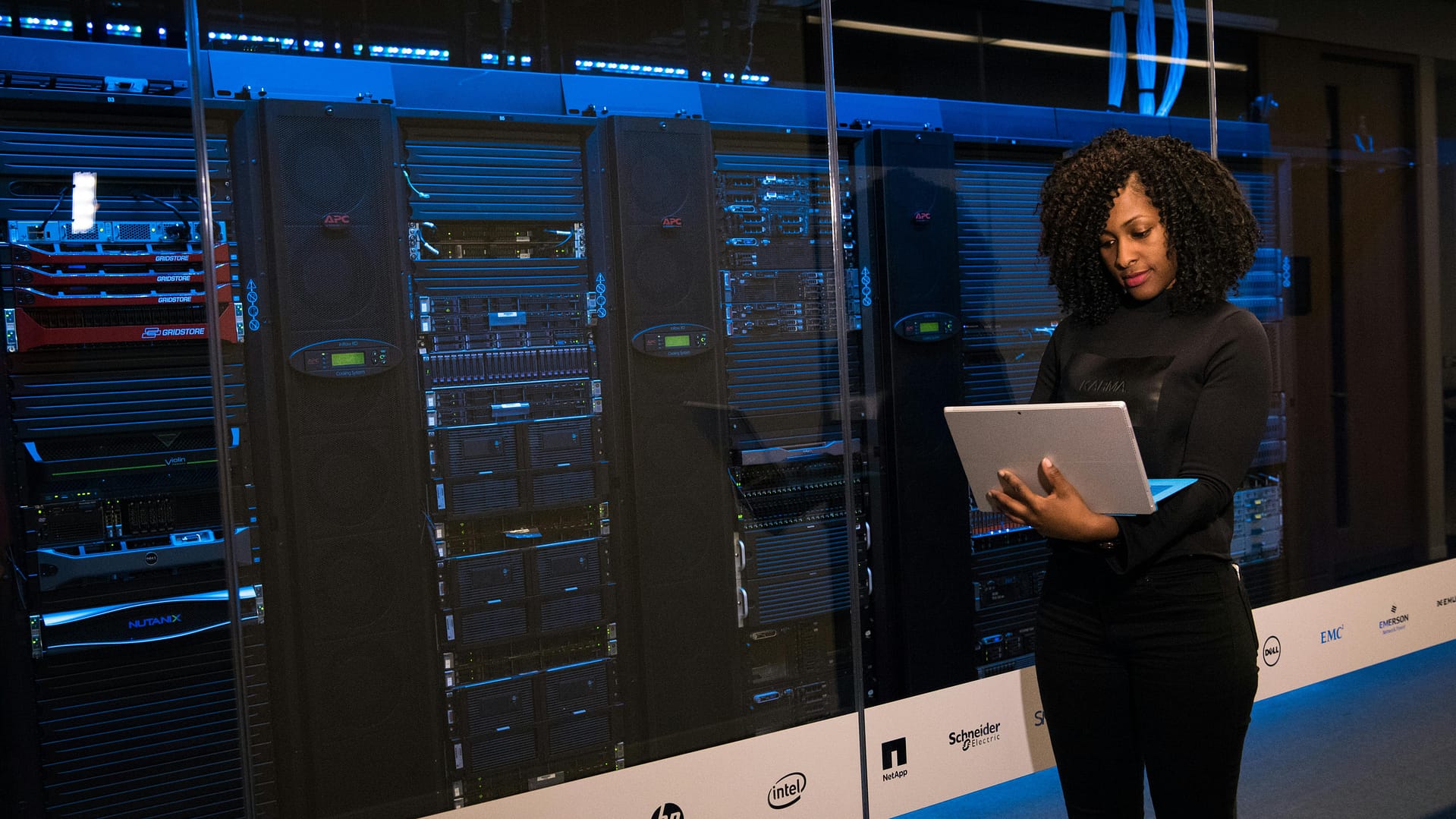
In the age of generative AI, security teams are facing a choice:
Double down on control—or step up as coaches.
Historically, InfoSec has been the gatekeeper—responsible for blocking unsanctioned tools, locking down endpoints, and enforcing compliance.
But generative AI doesn’t behave like traditional software:
- It’s accessed through browsers, not installed.
- It handles sensitive data in natural language, not files.
- It adapts to how people think, not just what they do.
Trying to “lock it down” without context leads to friction, workarounds, and risk migration. It also puts security teams in the line of fire—painted as blockers instead of enablers.
It’s time for a mindset shift.
Why Security Teams Must Shift from No to Know
1. AI is User-Led
AI adoption isn’t top-down—it’s happening organically across teams. Employees are experimenting with ChatGPT, Bard, Claude, Copilot, and dozens of other tools to automate, ideate, and communicate. That genie isn’t going back in the bottle.
2. Policy PDFs Don’t Change Behavior
Even well-written AI policies are often forgotten the moment someone opens a prompt box. Without real-time support, even well-intentioned users drift into risky behavior.
3. People Want Guardrails, Not Handcuffs
Employees are asking for clarity on what’s okay and what’s not. They don’t want to trigger a compliance incident—but they also don’t want to stop experimenting.
This creates an opportunity: security teams can evolve into trusted guides.
What “Guide Mode” Looks Like in Practice
So what does this shift from gatekeeper to guide actually look like? Here’s a side-by-side view of the evolving role:
| Traditional Role (Gatekeeper) | Evolved Role (Guide) |
|---|---|
| Blocks tools and websites | Identifies high-risk usage and redirects |
| Enforces policy post-incident | Nudges behavior in real time |
| Operates in silos from HR, Legal, IT | Collaborates across functions |
| Tracks endpoints and file transfers | Monitors prompt-level interactions |
| Audits only when regulators ask | Measures and improves over time |
This is not about abandoning control—it’s about retooling how control is exercised. Instead of reacting after the fact, leading security teams are embedding themselves into the flow of AI use: offering proactive support, timely nudges, and clear guidance that aligns with how employees actually work.
You’re not alone if your security team leans into ‘no’ by default. It’s a natural reaction when expectations aren’t set early. But organizations like Bain and others featured in the IAPP Governance Profession Report are rewriting that narrative in real time. They’re inviting control teams into the AI design process—not as enforcers, but as architects of safe innovation.
From Reactive to Proactive Risk Culture
Security teams don’t have to choose between being strict and being strategic.
They can:
- Provide real-time feedback when AI tools are misused
- Use prompt telemetry to understand behavioral patterns
- Work with HR and L&D to design training based on actual risk
- Help product teams vet and approve safe tools for use
Instead of being the last to know, security becomes the first to empower.
Where Tripwire Fits In
Tripwire helps security teams shift left in the AI usage journey.
It’s not just a compliance solution—it’s a behavioral safety net:
- Detects prompt-level risks in real time
- Flags oversharing before it becomes a leak
- Provides anonymized insight into emerging usage trends
- Supports nudge-based governance over punishment
Tripwire is built for security teams that want to be guardians of innovation, not just rule enforcers.
In a world where everyone has access to AI, the smartest security teams won’t just say “no”—
They’ll teach everyone how to say “yes” responsibly.
Ready for your next step? Let’s make it easy:
- Learn more about our solution through the post: Introducing Tripwire
- Apply for early access and get our exclusive whitepaper